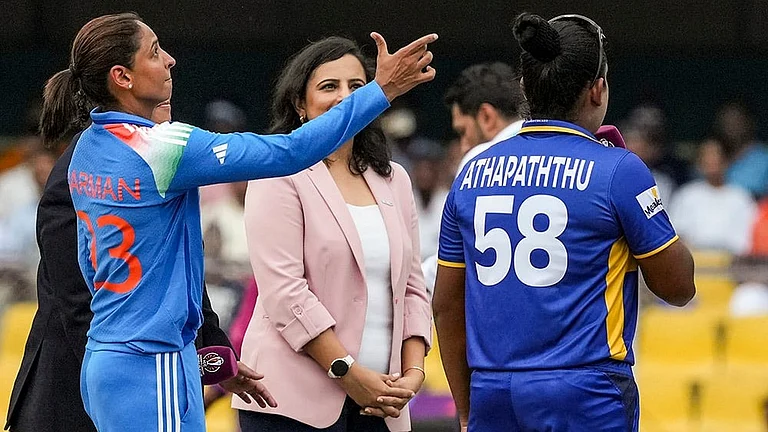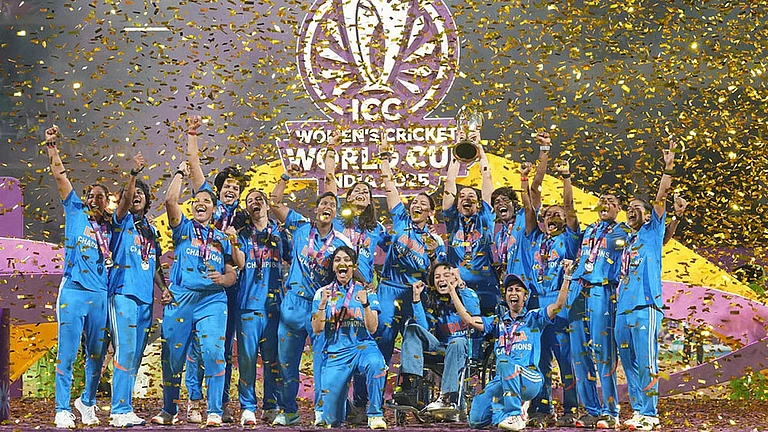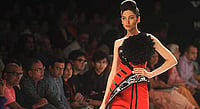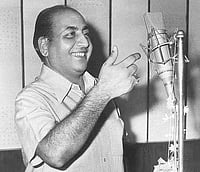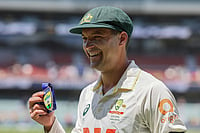How does one rate a book that is a record of conversations conducted on television? For one, by its content. And as contents go, this one is a gold mine. True, one misses the expressions, the laughter (having ‘laughs’ in parentheses is a poor substitute) and the quick rejoinder. Despite this, there is enough to hold the attention.
This is largely due to the fact that Anupama Chopra is, despite her camera-worthy looks, an old-school journalist. Her research is complete before she starts talking with her subject; her tone of voice is exploratory and interested; most importantly, she is never in quizmaster mode, trying to pull the rug from under her subjects. Instead, she asks them questions that put them at ease; her subjects are aware that she is more interested in them than in projecting herself.
What the book does then is to record for reference some of the art and craft of its subjects, and in the process allow them to reveal facets of their personality. Thus, you sense Vidya Balan’s anger against reports in the press that were aimed at her husband (“...my husband is not an actor and I don’t think it’s anybody’s business saying anything about him”) and against those that discuss actress’ surgical enhancements. You feel too Sanjay Dutt’s regret over his lost years: “I wish I could go back 20 years, erase it, and start from there, because it is very tough to be involved in such a case”. The book is full of such gems. Madhuri Dixit Nene on her husband’s sudden realisation of her star power when they came back to India; Kangana Ranaut’s admission that the industry she is part of has few men who are her kind of man—“honest, and sensitive not only towards me, but towards everything around” because most actors are “so self-obsessed that they look through everything else”.
Amir Khan, Shahrukh Khan, Priyanka Chopra, Hrithik Roshan are others who place their opinions on work and life on the table, all of which makes a great database for their fans. The ‘Talking Films’ section is seriously valuable, giving as it does, through conversations with the key players involved in a film, insights into the agony and ecstasy of a film production. When you read of Naseer and his co-stars getting Rs 10 for conveyance, and the Rs 7.2 lakh budget for the film necessitating 24-hour shifts that sometimes had the entire unit frozen in sleep at their respective work stations, it tells you something about the passion that creates memorable, immortal cinema. Another favourite is the interview with Ang Lee and the cast of Life of Pi. When Irrfan says about his grappling with his role, “I just submitted myself; I said I am zero, I am nothing. Just come to me,” it does show up a “journey that I will remember all my life”.
Villians and actors (stars as well as supporting cast) walk and talk through the book. Chopra lets them have their say, prompting, teasing, sometimes pushing them a little, but never provoking or insinuating. It is not easy to read The Front Row in one sitting. But it could make a great reference book.







